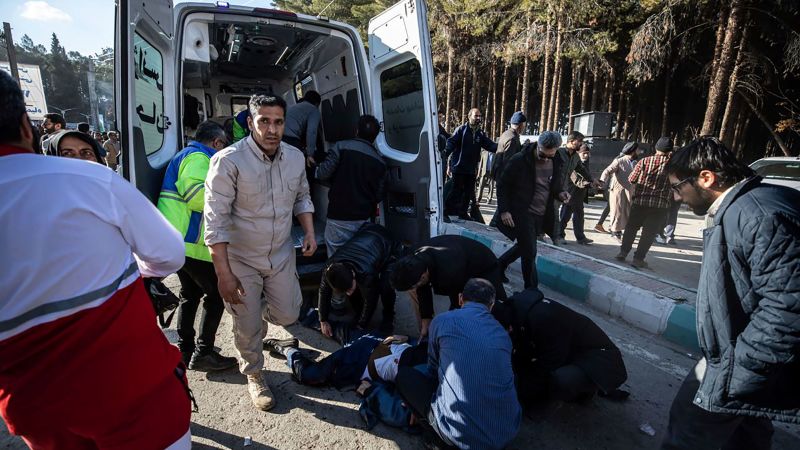The US secretly warned Iran that ISIS was planning a potential terror attack inside Iran’s borders before the group carried out a deadly attack near the burial site of slain military commander Qasem Soleimani on January 3, according to a US official.
The private warning was based on intelligence the US had obtained about ISIS’ plans and was given to Iran based on the US government’s “duty to warn” policy, the official said. That policy applies even to US adversaries.
The private warning, first reported by The Wall Street Journal, is notable not only because Iran is not a US partner or ally, but also because officials say Iran is behind a recent uptick in attacks by its proxy militias against US personnel in the Middle East. It is not clear through what channels the US delivered the message to Iran given that the countries have no formal diplomatic relations.
“Prior to ISIS’ terrorist attack on January 3, 2024, in Kerman, Iran, the US government provided Iran with a private warning that there was a terrorist threat within Iranian borders,” the official said. “The US government followed a longstanding ‘duty to warn’ policy that has been implemented across administrations to warn governments against potential lethal threats. We provide these warnings in part because we do not want to see innocent lives lost in terror attacks.”
The Iranian government was ultimately unable to stop the ISIS attack, which was the deadliest in Iran since its 1979 revolution. At least 84 people were killed and 284 injured in the blasts on January 3, which hit near Soleimani’s burial site in southern Iran. ISIS claimed responsibility for the attack one day later.
CNN has reached out to the Iranian mission to the UN for comment.
According to the Office of the Director of National Intelligence, any intelligence community entity that collects or acquires “credible and specific information indicating an impending threat of intentional killing, serious bodily injury, or kidnapping directed at a person or group of people…shall have a duty to warn the intended victim or those responsible for protecting the intended victim, as appropriate.” An intended victim includes both US persons and non-US persons, the policy says.
Read the full article here





